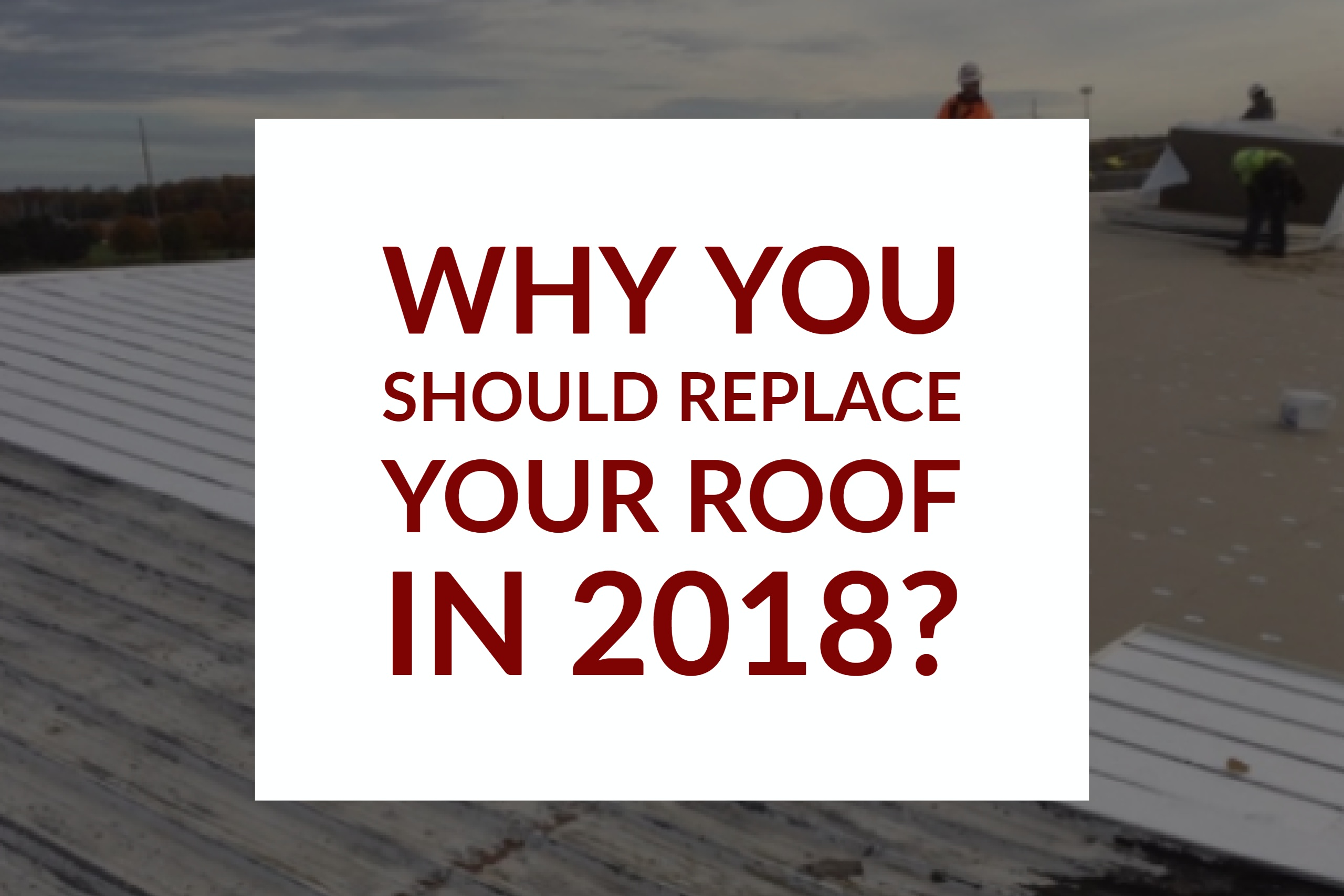Every month the CEI service team (with the help of marketing) puts out a monthly newsletter. Which involves their service spotlight. This gives information and guidance to our customers on major roof topic, reminders throughout the year on maintenance and tips and tricks to keeping their buildings up and running. If you would like to sign-up for this monthly e-newsletter, just click here.
There is a lot of hardware located in between your ceiling and your roof in your building. Not just insulation and ventilation but heating and cooling, water pipes and much more. Often times when a leak starts coming through the ceiling, no matter how big or small, we are quick to assume something is wrong with the roof. Yet, more often than not the cause of the leak is something entirely different. In fact, some records indicate that only 25% of building leaks are attributed to the actual roof.
Other factors that could contribute to a leak could be:
– Plumbing
– Duct Work
– HVAC
-Window/ door seals
-Siding
-Block Walls
So how should you approach your leak situation? The first step is to CALL! CEI is a roofing company that is staffed with trained and experienced techs that have helped stop the most difficult of leaks; both roof and non-roof related.
We will help you by setting up an inspection to see where your leak is coming from. Then, we will share our knowledge from the inspection with you, the building owner or operator and give you the best advice for taking care of the problem. We take into consideration not only the roof but the rooftop equipment and the building envelope. CEI can be your first person to call to identify the source of your leak issue. It all just starts with a phone call.

